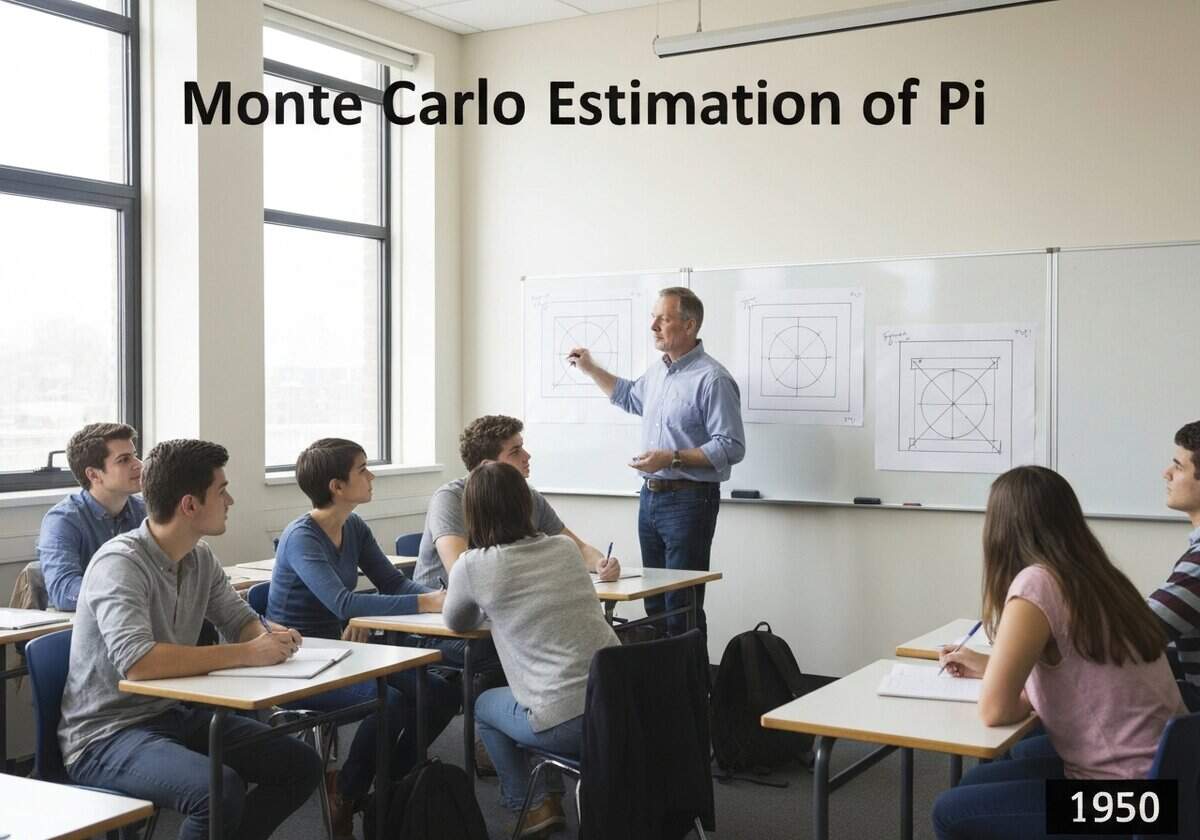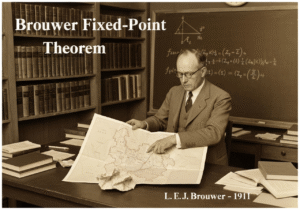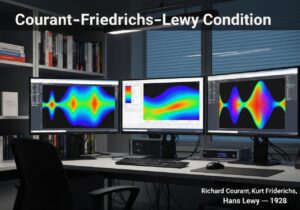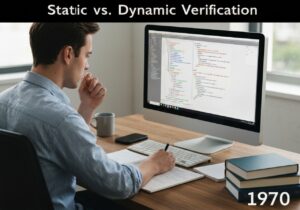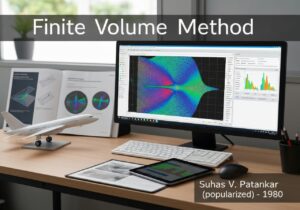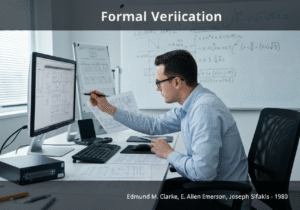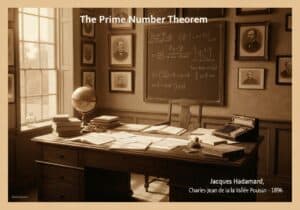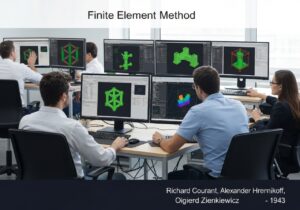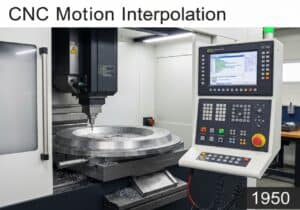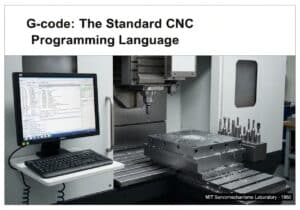A classic illustration of the Monte Carlo method is estimating the value of [latex]\pi[/latex]. By inscribing a circle of radius [latex]r[/latex] within a square of side length [latex]2r[/latex], the ratio of their areas is [latex]\frac{\pi r^2}{(2r)^2} = \frac{\pi}{4}[/latex]. Randomly scattering points within the square and counting the fraction [latex]p[/latex] that fall inside the circle provides an estimate: [latex]\pi \approx 4p[/latex].
The procedure for estimating [مطاط]\pi[/latex] is straightforward and highlights the core Monte Carlo principle. Consider a unit square in the Cartesian plane with vertices at (0,0), (1,0), (1,1), and (0,1). A quarter circle of radius 1 is inscribed within this square, centered at the origin. The area of the square is 1, and the area of the quarter circle is [latex]\frac{\pi(1)^2}{4} = \frac{\pi}{4}[/latex]. The ratio of the quarter circle’s area to the square’s area is therefore [latex]\frac{\pi}{4}[/latex].
To estimate this ratio, we generate a large number, [latex]N[/latex], of random points [latex](x, y)[/latex] where both [latex]x[/latex] and [latex]y[/latex] are uniformly distributed between 0 and 1. Each point has an equal chance of landing anywhere within the square. A point [latex](x, y)[/latex] falls inside the quarter circle if its distance from the origin is less than or equal to 1, which is determined by the condition [latex]x^2 + y^2 \le 1[/latex]. We count the number of points, [latex]M[/latex], that satisfy this condition. The ratio [latex]\frac{M}{N}[/latex] is an estimate of the ratio of the areas, [latex]\frac{\pi}{4}[/latex]. Therefore, we can approximate [latex]\pi[/latex] as [latex]\pi \approx 4 \frac{M}{N}[/latex]. According to the law of large numbers, as [latex]N[/latex] approaches infinity, this approximation converges to the true value of [latex]\pi[/latex]. However, the convergence is slow, with the error decreasing proportionally to [latex]\frac{1}{\sqrt{N}}[/latex], making it a very inefficient الطريقة for calculating [latex]\pi[/latex] to high precision compared to deterministic algorithms.

